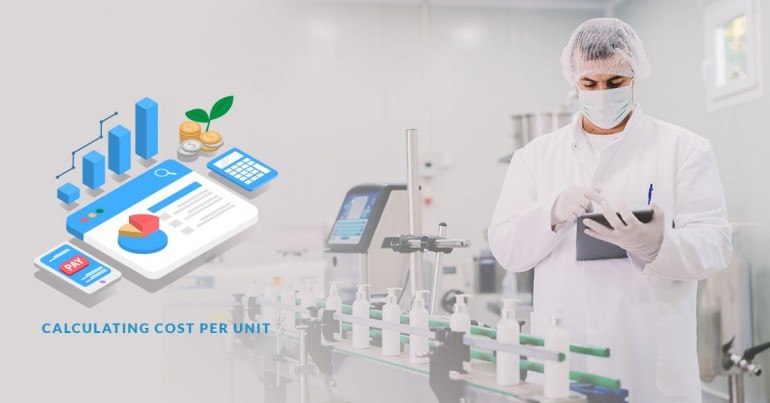
Fixed costs relate to premises, staffing, utilities and shipping, while variable costs relate to fluctuations in the cost of raw materials, foreign exchange costs and other non-fixed items.
Import and export costs can vary as the business becomes more experienced. With time you will make it possible to negotiate fixed contracts with transport and haulage firms or to even bring the operation in-house.
Sign up today for the best rates on overseas money transfers at CurrencyTransfer.Com
In order to be able to calculate your cost per item in advance or to be able to price your goods for end user or consumer pricing, one major consideration is the fluctuation in foreign exchange rates for the raw materials you are importing.
Depending upon your business you may be able to hedge some of your raw material purchase too but any business importing from overseas is running some foreign exchange exposure.

The individual cost per sale formula is the product of volume of units sold divided by the sales price less gross margin (# of Units Sold/Sales Price – Gross Margin = Individual Cost per Sale).
To calculate the cost of goods available for sale, take the cost of inventory at the start of the year, add in purchases made that year plus cost of new production and that equates to the value of goods available for sale (cost of goods = inventory cost + purchases + new production) . Add in gross margin and divide by the number of units available to calculate sales price per unit.
(cost of goods + gross margin / units available for sale = sales price per unit)

Calculating and accounting for sales and costs can be as simple or as complicated as the firm wishes them to be. Continual reference to accountants is advisable because your simple goal is to sell as many units as possible of your product at a price that is both competitive and profitable. On the other side of the profit and loss account, costs need to be controlled as tightly as possible with variable converted to fixed whenever it is feasible.

About Alan Hill
Alan has been involved in the FX market for more than 25 years and brings a wealth of experience to his content. His knowledge has been gained while trading through some of the most volatile periods of recent history. His commentary relies on an understanding of past events and how they will affect future market performance.”



